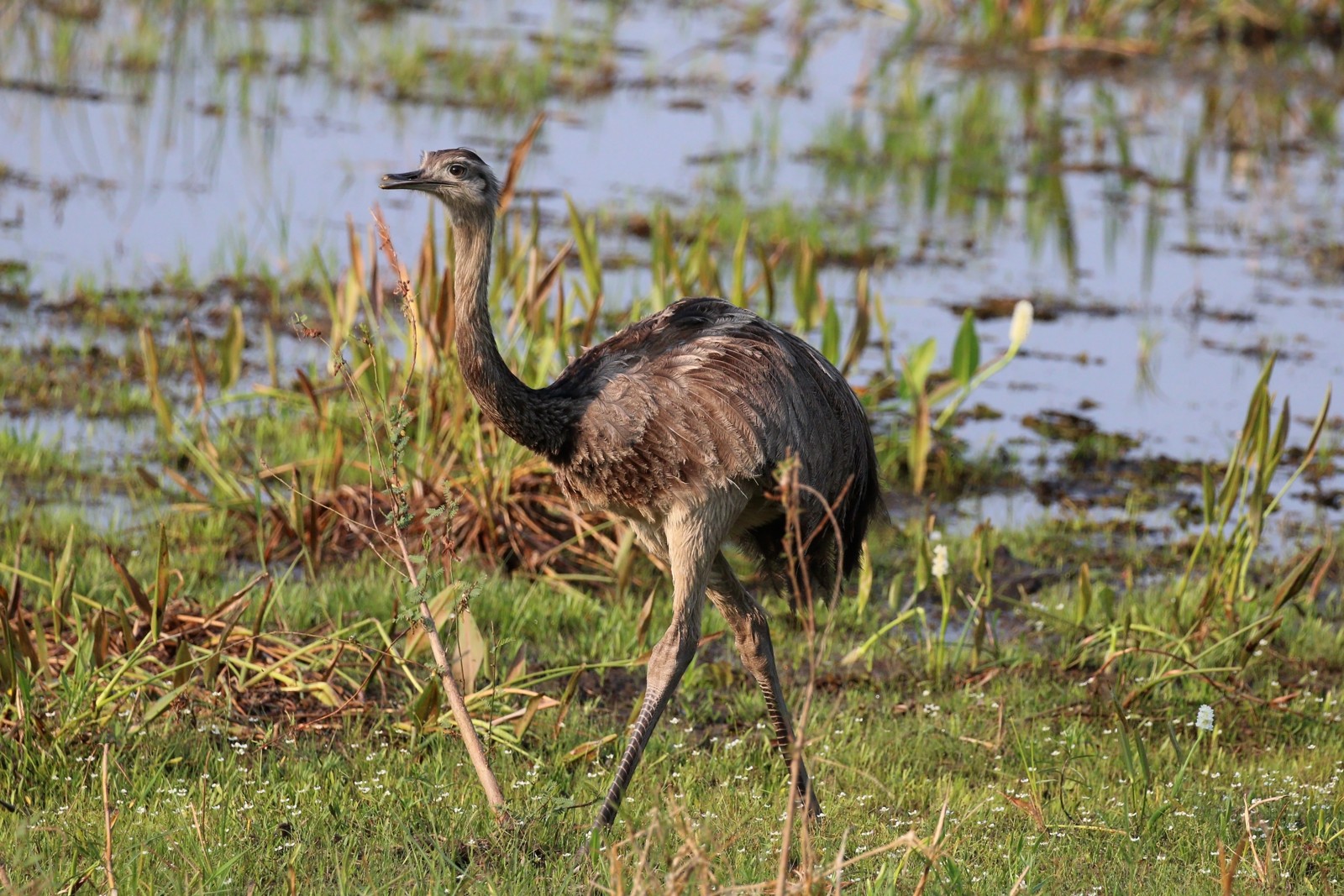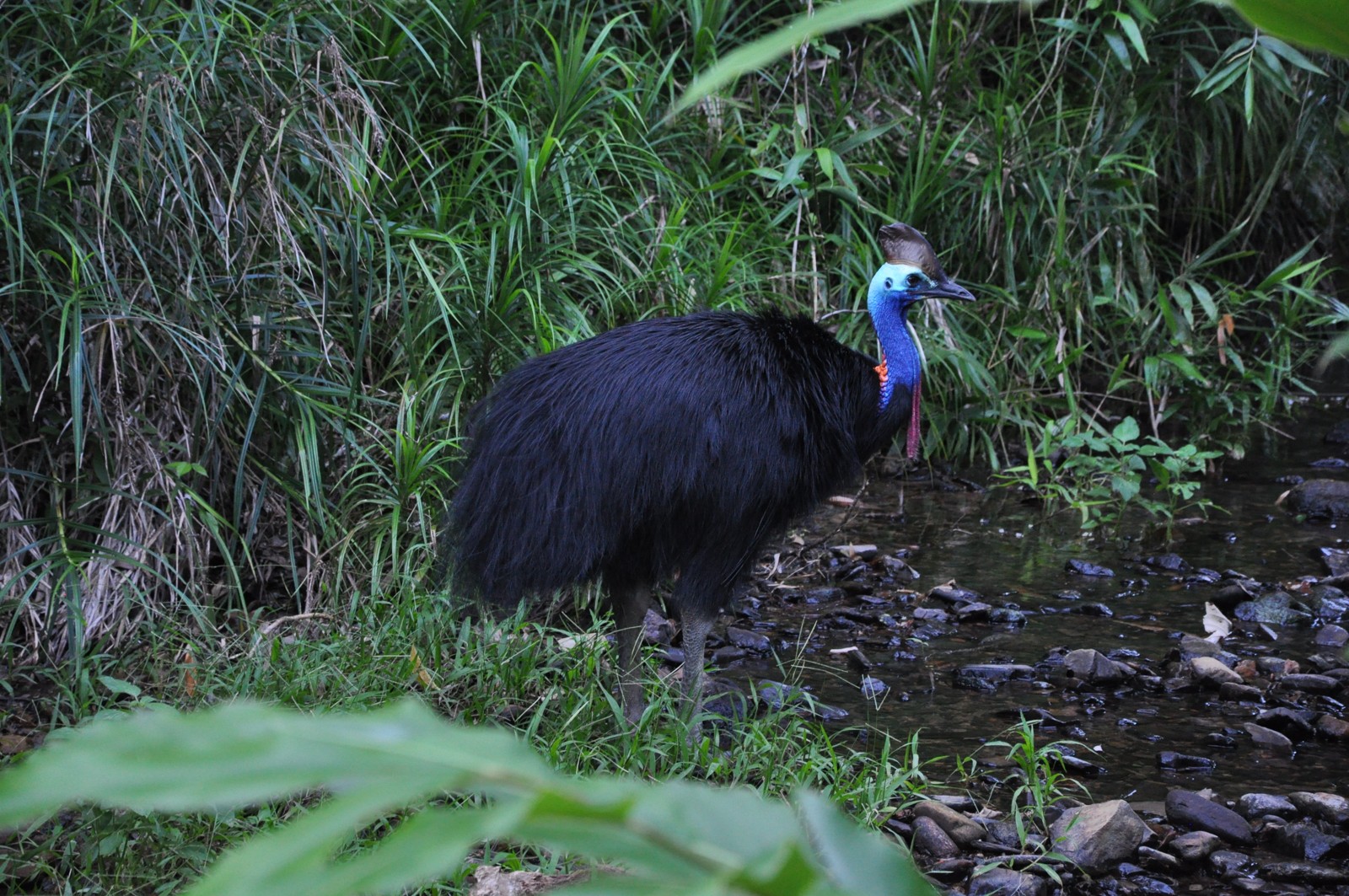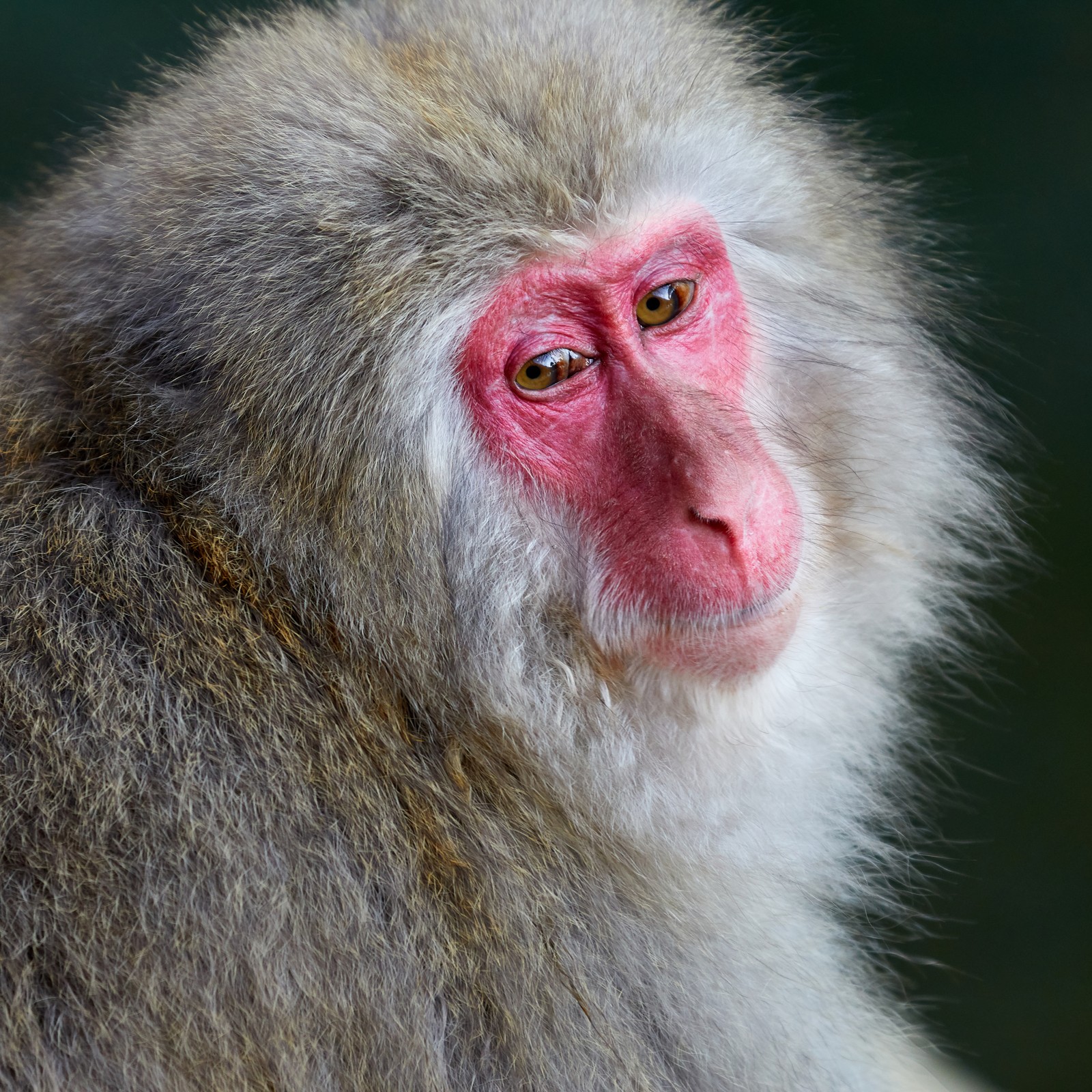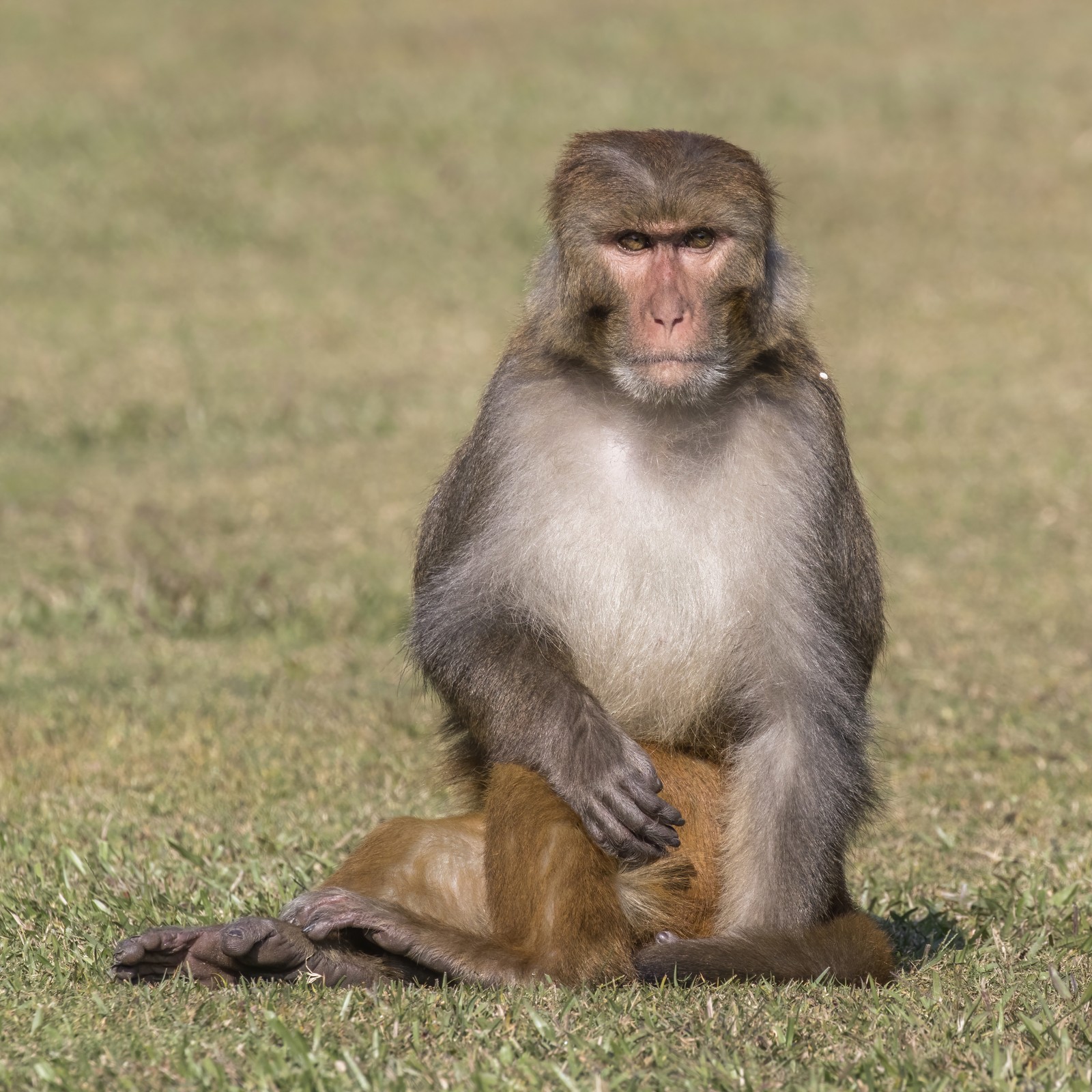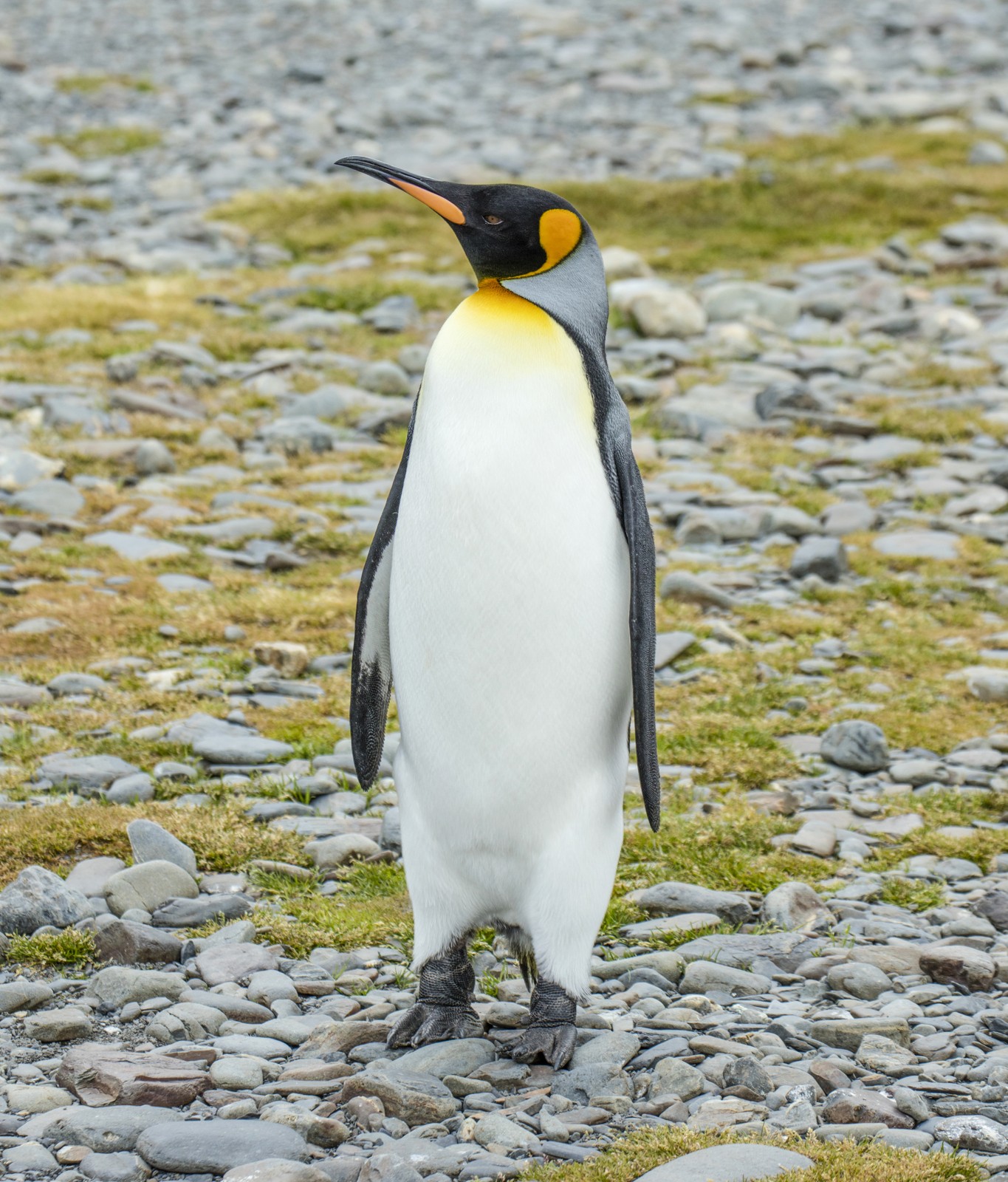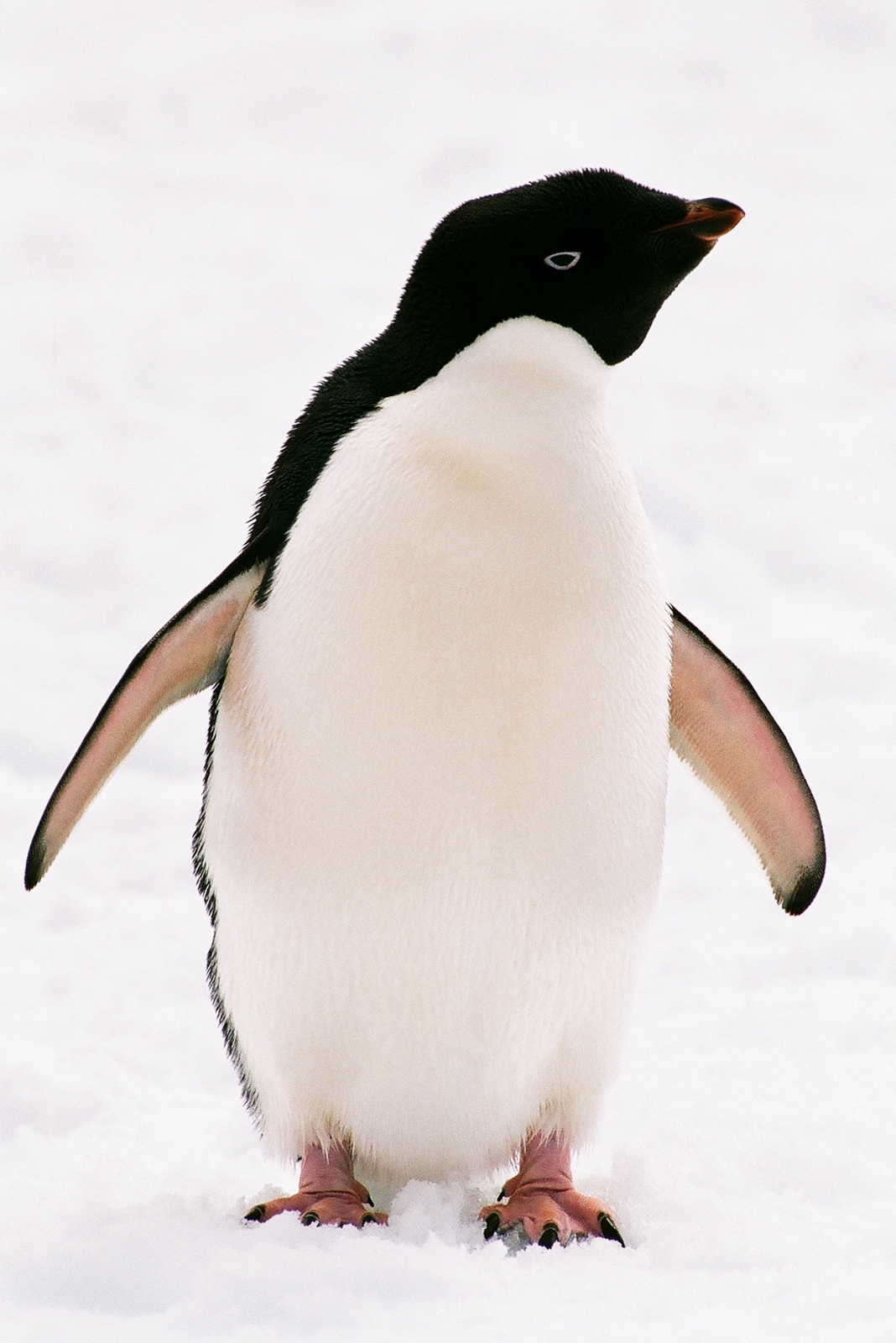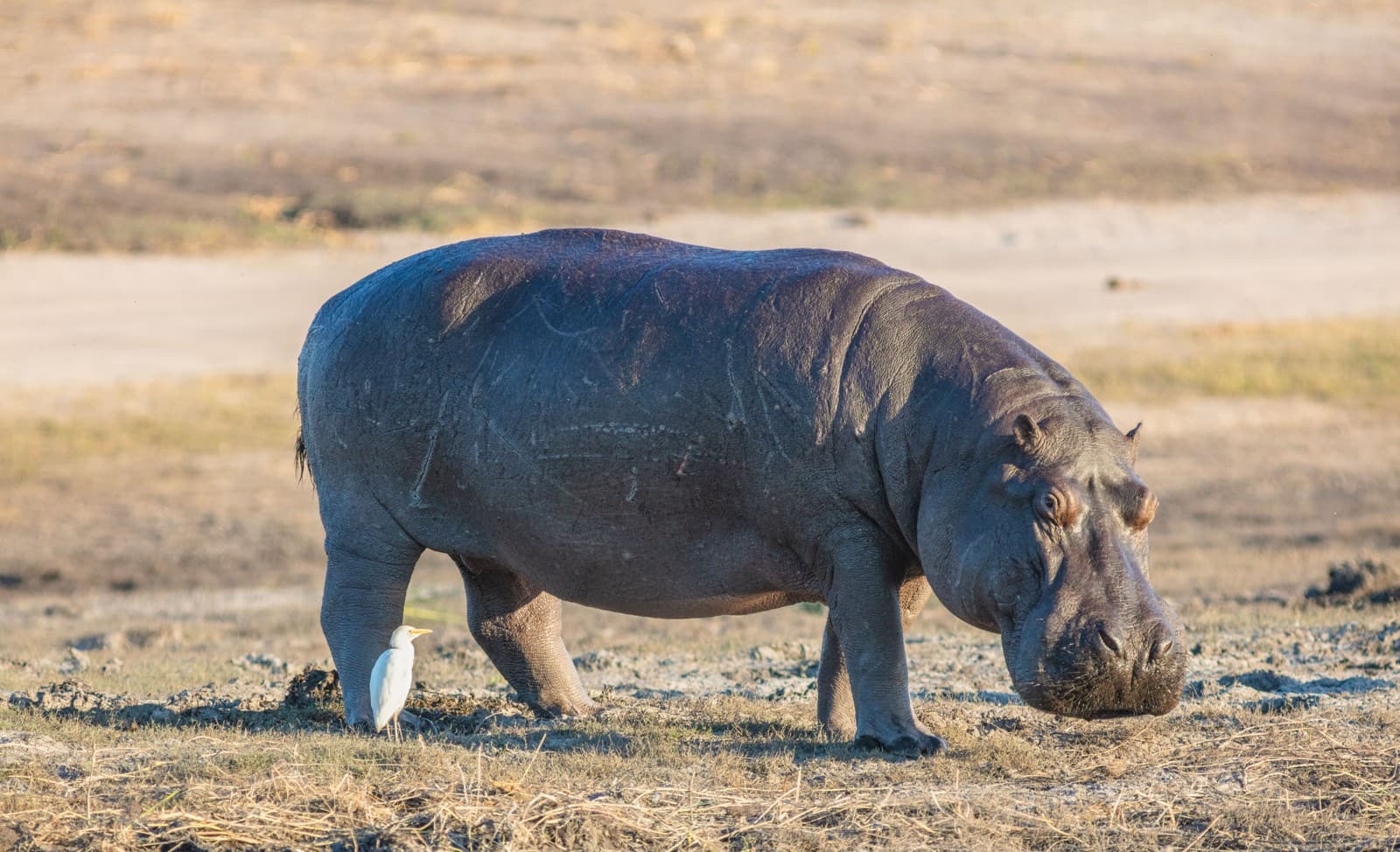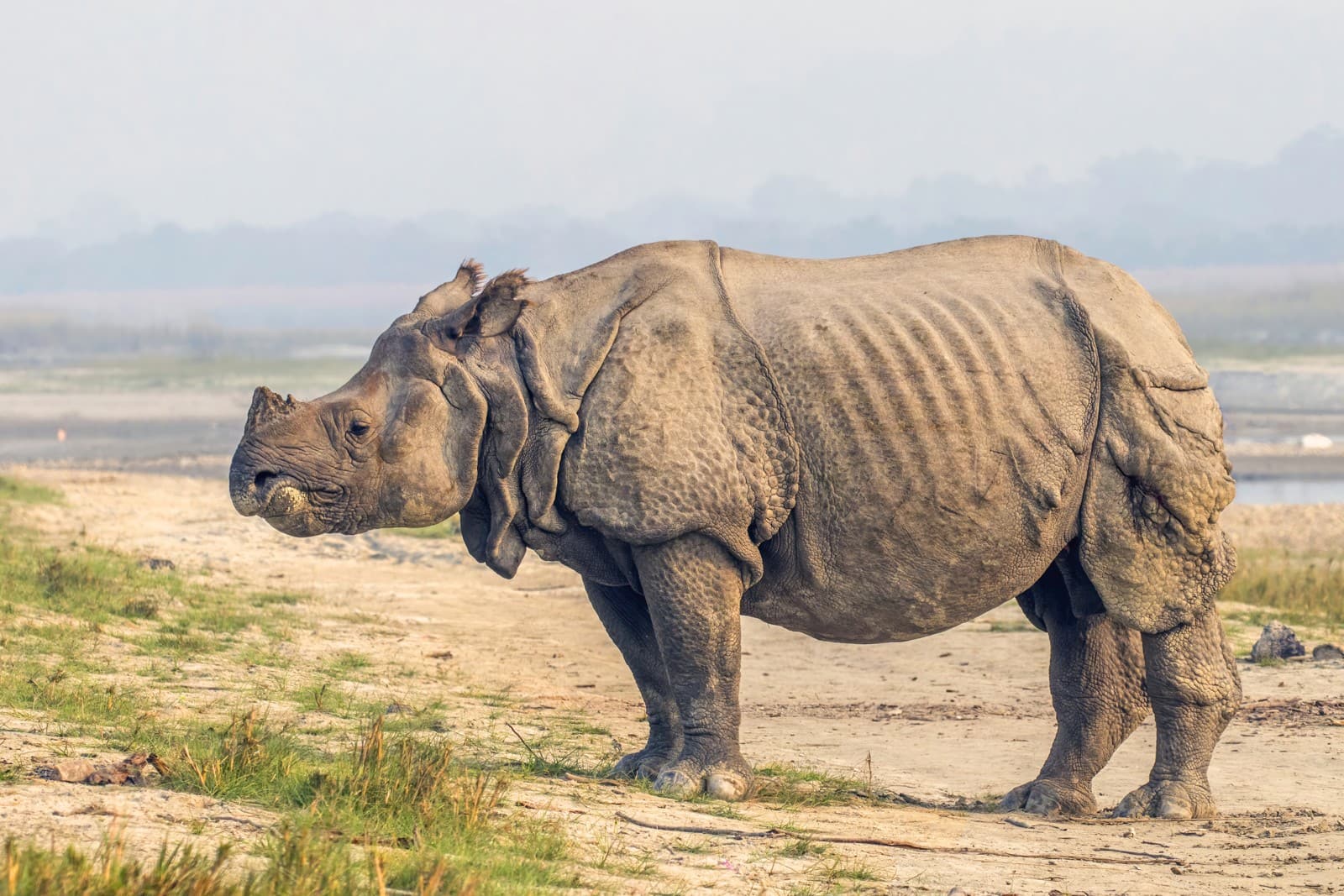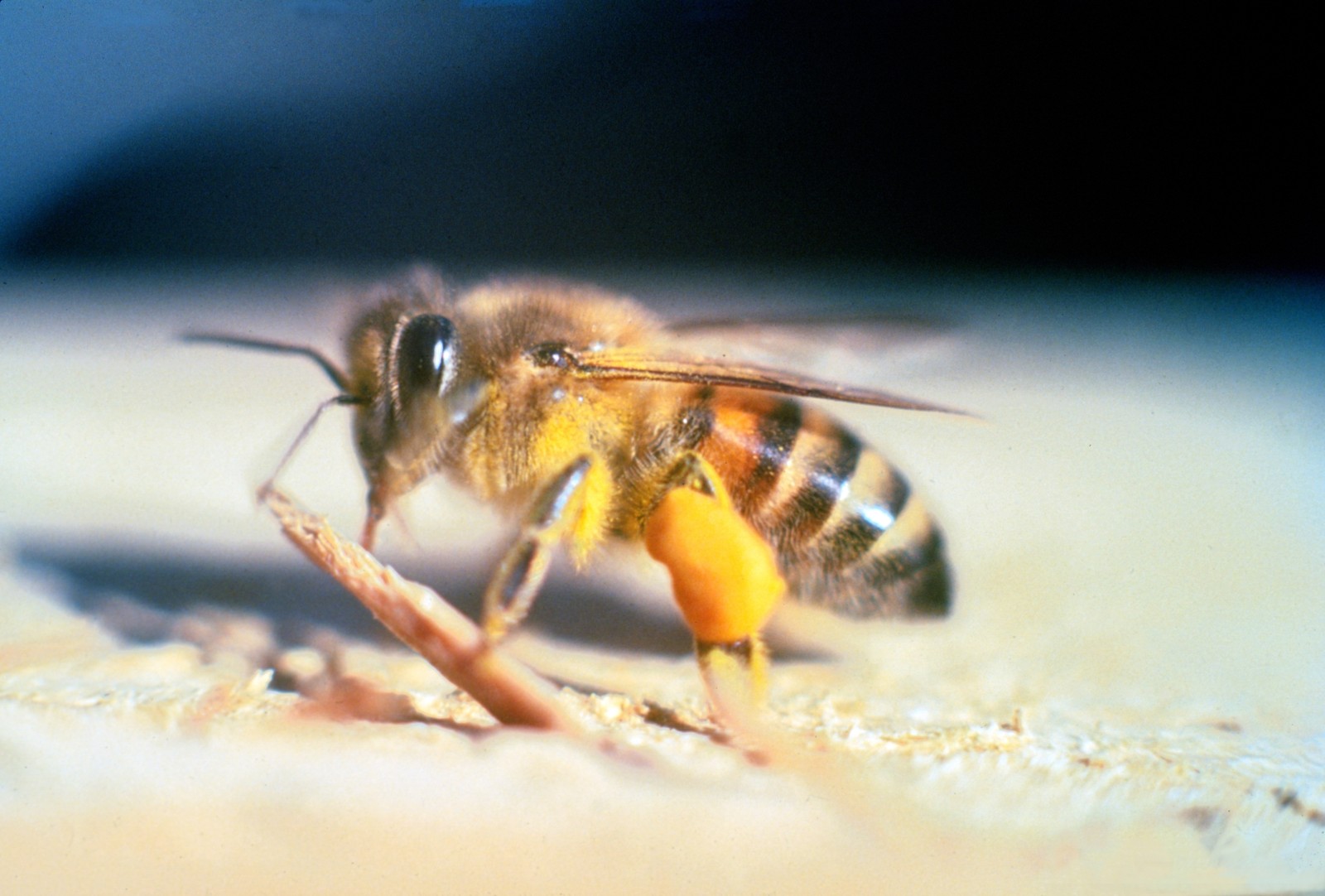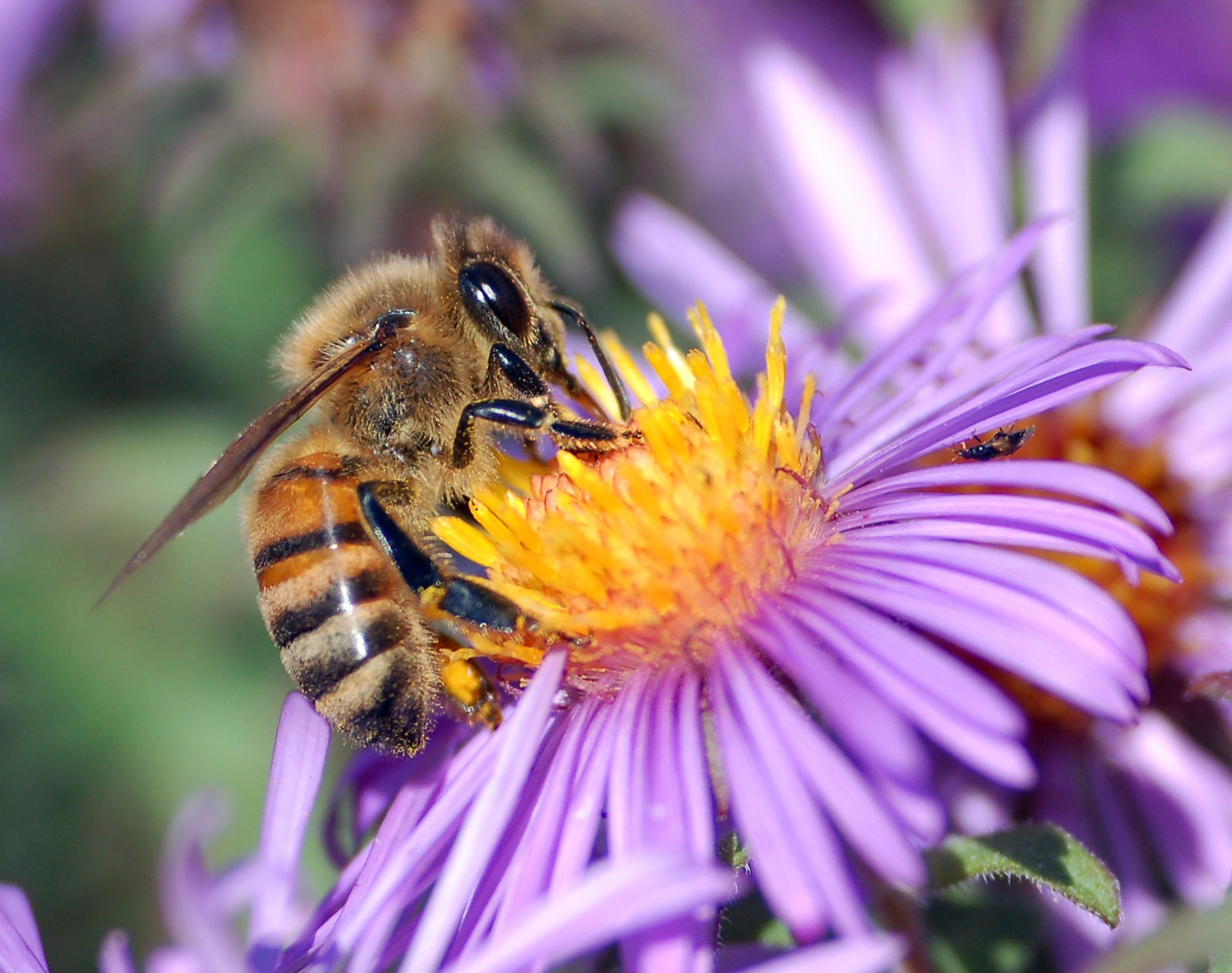Flying Squirrel vs Sugar Glider: A Complete Comparison
Despite their striking similarities, Flying Squirrels and Sugar Gliders represent a remarkable case of convergent evolution – two distinct species that developed similar adaptations independently. While both possess the ability to glide through the air using a furry membrane called a patagium, Flying Squirrels are rodents native to North America and Asia, while Sugar Gliders are marsupials from Australia and Indonesia.
The size difference between these nocturnal gliders is notable, with Northern Flying Squirrels measuring 10-12 inches (25-30 cm) in total length, while Sugar Gliders are significantly smaller at 5-6 inches (12-15 cm) body length. This comprehensive comparison explores their key differences, habitats, and unique adaptations that make each species fascinating in its own right.
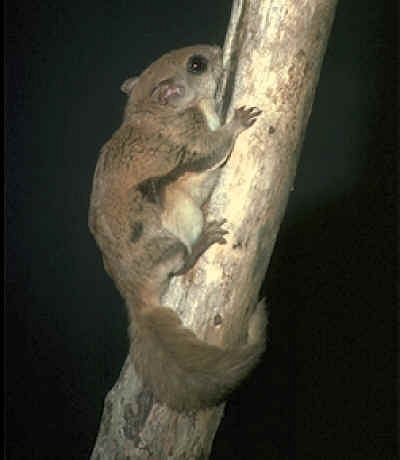
The Northern Flying Squirrel demonstrates its exceptional climbing abilities, showcasing the specialized adaptations that allow these nocturnal rodents to navigate through dense forest canopies with remarkable agility.
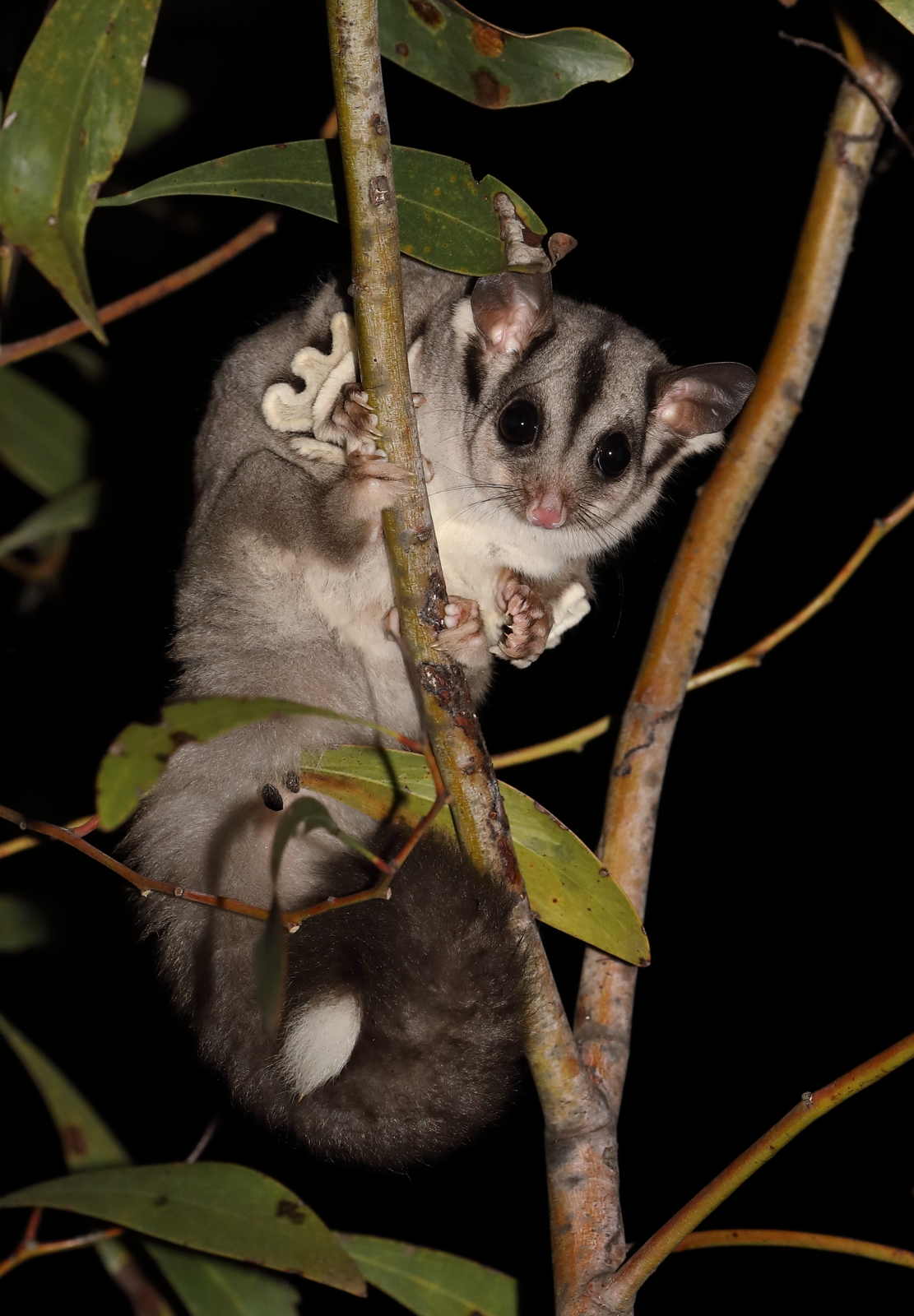
A Sugar Glider displays its characteristic nocturnal behavior, perfectly adapted to life in the Australian forest canopy with its specialized grip and distinctive gliding membrane.
Key Physical Differences
| Feature | Flying Squirrel | Sugar Glider |
|---|---|---|
| Classification | Rodent | Marsupial |
| Size | 10-12 inches (25-30 cm) | 5-6 inches (12-15 cm) |
| Weight | 2-4.4 oz (56-125 g) | 4-5.3 oz (113-150 g) |
| Lifespan | 3-5 years wild, up to 10 in captivity | 12-14 years in captivity |
| Diet | Nuts, seeds, fungi, insects | Insects, tree sap, nectar, fruits |
| Gliding Distance | Up to 160 ft (48.8 m) | Up to 165 ft (50 m) |
Habitat and Distribution
Flying Squirrels primarily inhabit temperate and boreal forests across North America and Asia, thriving in mature woodlands with abundant cavity-bearing trees. They require dense forest canopies for successful gliding and foraging.
Sugar Gliders, conversely, are native to Australia and Indonesia, preferring tropical and subtropical forests. They show a particular affinity for eucalyptus forests, where they can easily harvest tree sap and insects, their primary food sources.
Behavioral Differences
Social Structure
Flying Squirrels demonstrate moderate social behavior, often sharing nests during winter for warmth. However, they maintain relatively loose social bonds compared to Sugar Gliders, which live in family groups of 6-7 individuals and exhibit complex social hierarchies.
Gliding Abilities
While both species are exceptional gliders, their techniques differ slightly:
- Flying Squirrels: Use their tail as a brake and rudder, capable of 90-degree turns mid-glide
- Sugar Gliders: Demonstrate more precise control during gliding, using their longer tails for better balance and steering
Care Requirements as Pets
Housing
- Flying Squirrels need: Minimum cage size 24”x24”x36” (61x61x91 cm)
- Sugar Gliders require: Minimum cage size 36”x24”x36” (91x61x91 cm)
Diet
Flying Squirrels thrive on:
- Mixed nuts and seeds
- Fresh fruits and vegetables
- Commercial flying squirrel food
- Occasional insects
Sugar Gliders require:
- Specialized nectar-based diet
- Variety of insects
- Fresh fruits and vegetables
- Calcium supplements
Natural Predators and Defense Mechanisms
Both species face similar threats in their natural habitats, primarily from owls, hawks, and tree-climbing snakes. Their defense strategies include:
Flying Squirrels:
- Excellent night vision
- Quick, erratic movements
- Ability to freeze motionless
- Emergency gliding escape
Sugar Gliders:
- Group vigilance
- Alarm vocalizations
- Rapid gliding escape
- Complex social warning systems
Conservation Status
Neither species is currently endangered, though both face increasing pressure from habitat loss and fragmentation. Flying Squirrels, particularly the Northern species, serve as important indicators of forest health and play crucial roles in dispersing fungal spores essential for tree growth.
Sugar Gliders, while still numerous in their native range, face challenges from urban development and the loss of old-growth trees necessary for nesting. Conservation efforts focus on preserving large, connected forest tracts that both species require for survival.
